Home>Interior Design>Entryway Tile Ideas: 10 Tips For Creating A Stylish Welcome
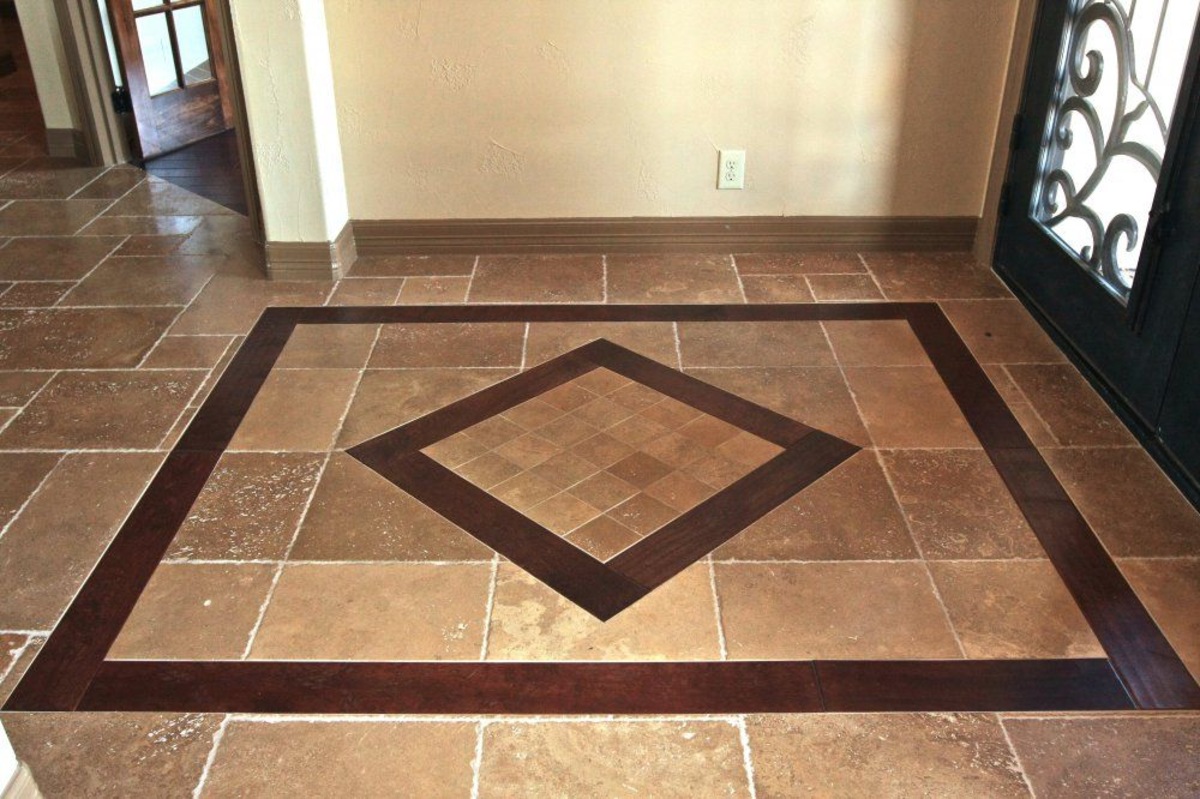

Interior Design
Entryway Tile Ideas: 10 Tips For Creating A Stylish Welcome
Modified: October 28, 2024
Discover 10 expert tips for designing stylish interior entryway tiles. Transform your home's welcome with these modern interior-design ideas.
(Many of the links in this article redirect to a specific reviewed product. Your purchase of these products through affiliate links helps to generate commission for Storables.com, at no extra cost. Learn more)
Introduction
Welcome visitors to your home with a stunning entryway that sets the tone for the rest of your interior design. The entrance of your home is the first impression guests will have, so it’s important to make it both inviting and stylish. One powerful way to transform your entryway is by incorporating beautiful and durable tiles. In this article, we will provide you with 10 tips for creating a stylish welcome with entryway tiles.
Whether you have a small foyer or a grand entrance, the right tile choice can make a significant impact on the overall aesthetic of your space. From selecting the right tile material to considering patterns, colors, and maintenance requirements, we’ve got you covered. Let’s dive into the world of entryway tile ideas and discover how to create a stylish and functional entryway.
Key Takeaways:
- Create a lasting impression with a stylish and durable entryway using the right tile material, size, shape, color, and maintenance considerations. Incorporate natural elements and focal points to reflect your unique style and welcome guests with warmth and charm.
- Elevate your entryway design by mixing and matching tile designs, playing with patterns, and creating focal points. Consider the practicality of grout color, maintenance, and durability to ensure a visually stunning and long-lasting space that sets the tone for your home.
Read more: How To Design A Welcoming Entryway
Tip 1: Choose the Right Tile Material
When it comes to selecting the tile material for your entryway, it’s important to consider both the style and functionality. There are various tile materials available, each offering unique characteristics and benefits.
One popular choice for entryways is porcelain tile. Porcelain tiles are known for their durability, making them ideal for high-traffic areas. They are scratch-resistant and resistant to stains, making them easy to clean and maintain. Additionally, porcelain tiles come in a wide range of colors, patterns, and finishes, allowing you to find the perfect fit for your entryway style.
If you’re looking for a more natural and rustic feel, consider using natural stone tiles. Materials such as marble, travertine, or slate can add a touch of elegance to your entryway. Keep in mind that natural stone tiles may require additional maintenance compared to porcelain tiles, as they can be more porous and may require sealing.
Another option is ceramic tiles, which come in a variety of colors and styles. They are an affordable choice and are known for their versatility. Ceramic tiles are easy to clean and are resistant to water, making them suitable for entryways that are exposed to moisture or wet conditions.
Before making your final decision, consider the overall style and theme of your home. Whether you prefer a modern, traditional, or eclectic look, there is a tile material that can help you achieve your desired aesthetic. Don’t forget to also consider factors such as maintenance requirements, durability, and your budget.
By carefully choosing the right tile material for your entryway, you can create a durable and visually appealing space that will leave a lasting impression on your guests.
Tip 2: Consider the Size and Shape of the Tile
The size and shape of the tile you choose for your entryway can have a significant impact on the overall look and feel of the space. It’s important to consider both practicality and aesthetics when making this decision.
If you have a small entryway, opt for smaller-sized tiles. Small tiles can create the illusion of a larger space and add a sense of visual interest. Mosaic tiles, for example, are a popular choice for small entryways as they come in small sizes and can be arranged in intricate patterns, adding a unique touch to your space.
On the other hand, if you have a spacious entryway, you can play with different tile sizes and shapes to create a dramatic effect. Large-format tiles can make a room feel more open and expansive. Rectangular tiles, when set in a herringbone or brick pattern, can add a touch of elegance and sophistication.
Consider the shape of your entryway when selecting the tile shape. Square or rectangular tiles are the most common choices, but don’t be afraid to think outside the box. Hexagonal tiles can add a geometric and modern touch, while arabesque or fish scale-shaped tiles can bring a hint of whimsy and charm.
Additionally, think about the practicality of the tile shape. Avoid using tiles with sharp angles or intricate patterns in high-traffic areas, as they may be more challenging to clean and maintain.
Remember to also consider the grout lines when choosing tile size and shape. Smaller tiles may require more grout lines, which can add texture and visual interest, but may require more cleaning and upkeep.
In summary, when considering the size and shape of the tile, think about the size of your entryway, the overall aesthetic you want to achieve, and the maintenance requirements. By carefully selecting the right size and shape of the tile, you can enhance the beauty and functionality of your entryway.
Tip 3: Play with Patterns and Layouts
One of the most exciting aspects of using tiles in your entryway is the opportunity to experiment with patterns and layouts. Adding patterns to your entryway can create a visually captivating and unique space that sets your home apart.
One popular pattern is the classic herringbone. This pattern involves laying rectangular tiles in a staggered zigzag pattern, creating a timeless and elegant look. Herringbone patterns work well in both small and large entryways, adding a touch of sophistication to the space.
If you’re looking for something more bold and eye-catching, consider a geometric pattern such as a checkerboard or diamond layout. This can be achieved by using tiles in contrasting colors to create a visually striking entrance. Geometric patterns add a modern and playful vibe to your entryway.
For a softer and more romantic look, consider a basket weave pattern. This involves alternating rectangular tiles with smaller square tiles, creating a textured and intricate design. Basket weave patterns are versatile and can work well with various design styles.
If you prefer a more subtle approach, opt for a simple grid layout. This involves laying tiles in a straightforward horizontal and vertical pattern. While it may seem basic, a well-executed grid layout can still create a clean and timeless look.
Don’t be afraid to mix and match different tile colors and sizes to create your own unique pattern. Experiment with alternating colors, creating borders or focal points with different tiles, or even creating a mosaic-like design by combining small tiles in a random pattern. The possibilities are endless.
When playing with patterns and layouts, it’s important to balance the design with the size and shape of your entryway. Smaller entryways may benefit from simpler patterns, while larger entryways can handle more intricate and complex designs. Consider the overall style of your home and how the pattern will flow with the adjacent rooms.
Remember to also consider the installation process and the expertise of your installer when choosing a pattern. Some patterns may require intricate cutting and precise alignment, so it’s essential to work with a professional who can execute your vision accurately.
By incorporating patterns and layouts into your entryway tile design, you can create a visually stunning and personalized space that welcomes your guests with style.
Tip 4: Explore Different Color Options
Color is a powerful tool when it comes to designing your entryway. It can set the mood, create visual interest, and even make a small space appear larger. Exploring different color options for your entryway tiles can help you achieve the desired ambiance and style.
One popular option is to go for neutral tones. Neutral colors such as white, beige, or gray can create a clean and timeless look, allowing other design elements to take center stage. They also provide a versatile backdrop, allowing you to change the accent colors in your entryway without having to change the tiles.
If you want to make a bold statement, consider using vibrant and rich colors. Deep blues, emerald greens, or fiery reds can add a pop of personality and drama to your entryway. Just make sure the color complements the overall theme of your home and doesn’t overwhelm the space.
Another approach is to create a cohesive flow between your entryway and the adjacent rooms by using similar or coordinating colors. This can help create a sense of unity and continuity in your home’s design. For example, if you have a predominantly blue color scheme in your living room, consider using blue-toned tiles in your entryway.
Don’t forget about the power of patterned tiles with multiple colors. They can add a playful and dynamic element to your entryway. Whether it’s a Moroccan-inspired design, a geometric pattern, or a floral motif, patterned tiles can bring personality and charm to your space.
Consider the natural lighting in your entryway when choosing colors. If your entryway lacks natural light, lighter-colored tiles can help brighten up the space and make it feel more open. On the other hand, if your entryway receives abundant natural light, darker colored tiles can create a sophisticated and cozy atmosphere.
Lastly, keep in mind that color trends may change over time, so choose a color that you personally love and can commit to for the long term. Remember, your entryway sets the tone for your entire home, so it’s essential to choose a color that reflects your style and makes you feel welcome every time you walk through the door.
By exploring different color options for your entryway tiles, you can create a visually stunning and harmonious space that leaves a lasting impression on your guests.
Tip 5: Use Accent Tiles or Borders
Adding accent tiles or borders to your entryway can elevate the overall design and create a focal point that catches the eye. It’s a great way to showcase your personal style and add a touch of uniqueness to your space. Here are some ideas for incorporating accent tiles or borders in your entryway.
One option is to use accent tiles as a decorative insert within a plain tile backdrop. This can be a small section of patterned tiles, a contrasting color, or even a mosaic design. Placing accent tiles strategically can create visual interest and draw attention to specific areas of your entryway, such as the floor medallion or the center of the hallway.
Another option is to use a border or trim tile to define the edges of your entryway or to separate different sections of the space. A border tile could be a different color, shape, or design than the main tiles, adding a decorative touch and creating a sense of boundaries.
A popular choice for accent tiles or borders is to create a rug-like design on the floor. You can use a combination of different tile shapes, colors, and patterns to mimic the look of a traditional rug. This adds visual interest and a touch of elegance to your entryway, while still maintaining the durability and ease of maintenance of tile flooring.
Consider the overall style of your home when choosing accent tiles or borders. If you have a modern or minimalist interior, a simple and clean border design can complement the aesthetic. On the other hand, if your home has a more eclectic or bohemian vibe, you can play with vibrant colors and intricate patterns.
When incorporating accent tiles or borders, remember to strike a balance between simplicity and complexity. You want the accent tiles to enhance the overall design without overpowering the space. Too many patterns or colors can create a busy and cluttered look.
Finally, make sure to plan the placement of the accent tiles or borders before starting the installation. Consider creating a mock-up or a design layout to visualize how the tiles will look and ensure they work cohesively with the rest of your entryway design.
By incorporating accent tiles or borders in your entryway, you can add a touch of personality and create a visually stunning focal point that welcomes your guests with style.
Consider using large format tiles in your entryway to create a sense of spaciousness and minimize grout lines for a sleek, modern look.
Tip 6: Pay Attention to Grout Color
When it comes to tiling your entryway, don’t overlook the importance of grout color. The color of the grout can significantly impact the overall aesthetic and visual appeal of your tile installation. Here are some tips to consider when selecting the right grout color for your entryway.
Contrasting grout color: Choosing a grout color that contrasts with your tile color can create a striking visual effect. For example, using a dark grout with light-colored tiles or a light grout with dark-colored tiles can highlight the individual tiles and add depth to your entryway. This contrast can create a bold and modern look.
Matching grout color: On the other hand, using a grout color that matches your tile color can create a seamless and cohesive look. This is particularly suitable if you want the tiles to be the main focal point and not the grout lines. Matching grout color can also make the space appear larger, as it creates a continuous visual flow.
Neutral grout color: If you’re unsure about which grout color to choose or if you want a timeless and versatile look, consider opting for a neutral grout color. Shades of gray, beige, or off-white are popular choices as they complement a wide range of tile colors and styles. Neutral grout color can create a clean and cohesive look while still allowing the texture and patterns of the tiles to shine through.
Dark grout hides stains: Keep in mind that the color of your grout can also affect its visibility over time. Light-colored grout tends to show more dirt and stains, while dark-colored grout can help mask them. If you anticipate a high level of foot traffic in your entryway or if you have children or pets, choosing a darker grout color can help keep your space looking cleaner and more pristine.
Test samples: Before committing to a grout color, it’s essential to test out different options. Take small samples of your chosen tile and try different grout colors alongside them. Observe how the colors interact with each other and how they change the overall appearance of the tiles. This will help you make an informed decision and ensure that you’re happy with the final result.
Remember that grout color can significantly impact the overall look and feel of your entryway. Take the time to consider the various options and how they complement your tile choice and design aesthetic. Careful attention to grout color can take your entryway from ordinary to extraordinary.
Tip 7: Incorporate Natural Elements
Bringing natural elements into your entryway design can add warmth, texture, and a sense of tranquility to the space. By incorporating natural materials and elements, you can create a welcoming and harmonious entryway. Here are some tips for incorporating natural elements into your entryway.
Wood: Integrate wooden elements into your entryway design to add warmth and a rustic touch. You can use wooden flooring, a wooden accent wall, or even wooden furniture pieces such as a console table or bench. The natural grain and texture of wood create a cozy and inviting atmosphere.
Plants: One of the easiest ways to incorporate natural elements is by adding plants to your entryway. Greenery not only adds a refreshing touch but it also helps purify the air and create a sense of serenity. Choose plants that thrive in indoor environments and place them strategically to enhance the visual appeal of the space.
Stone: Use natural stone elements to bring a sense of earthiness and durability to your entryway. This can be achieved through stone flooring, a stone accent wall, or even stone veneer on the exterior of your entryway. Stone adds a timeless and elegant look, evoking a connection to nature.
Natural Light: Maximize the use of natural light in your entryway by incorporating large windows or glass doors. Natural light not only illuminates the space but also creates a sense of openness and a connection to the outdoors. Consider using sheer curtains or blinds to control the amount of light entering the space while still maintaining privacy.
Water Features: If you have the space and resources, consider incorporating a water feature into your entryway design. A small indoor fountain or a wall-mounted water feature can add a soothing and tranquil ambiance. The sound of flowing water can create a sense of relaxation and leave a lasting impression on your guests.
Natural Textures: Incorporate natural textures such as woven baskets, rattan accents, or sisal rugs to add depth and visual interest. These natural textures complement the other natural elements in your entryway and bring a touch of organic beauty to the space.
Natural Artwork: Display artwork or photographs that showcase natural landscapes or scenes. This can include paintings of nature, photographs of scenic views, or even pressed botanicals. The artwork adds a personal touch and further connects your entryway to the natural world.
By incorporating natural elements into your entryway design, you can create a refreshing and inviting space that welcomes you and your guests with a sense of tranquility. Embrace the beauty of nature to enhance the overall aesthetic and atmosphere of your entryway.
Tip 8: Mix and Match Tile Designs
Creating a visually captivating and unique entryway can be achieved by mixing and matching different tile designs. This approach allows you to showcase your creativity and create a space that truly reflects your personal style. Here are some tips for successfully mixing and matching tile designs in your entryway.
Color Coordination: Start by selecting a color palette that will tie all the different tile designs together. Choose a primary color and then select complementary colors or shades for the other tile designs. This will create a cohesive and harmonious overall look for your entryway.
Texture and Finish: Consider mixing tiles with different textures and finishes to add depth and visual interest. For example, you can pair smooth, glossy tiles with textured or matte tiles. The contrast in textures will create a dynamic and eye-catching look.
Size and Shape Variation: Experiment with tiles of different sizes and shapes to create a visually striking pattern. Combine rectangular tiles with square tiles or mix hexagonal tiles with subway tiles. The variation in size and shape will add a unique and playful touch to your entryway.
Pattern Play: Incorporate tiles with different patterns to create a stunning mosaic effect. Combine geometric patterns with floral or arabesque designs to create a visually captivating entrance. Balance busy patterns with simpler, more understated designs to avoid overwhelming the space.
Focal Points: Create focal points in your entryway by highlighting a specific area with a different tile design. This could be a tiled pattern on the floor, a decorative wall, or even a backsplash behind a bench or console table. This focal point will draw attention and become a captivating centerpiece for your entryway.
Transition Tiles: Blend different tile designs together using transition tiles. These tiles allow for a smooth and seamless transition between different tile designs, creating a unified and coherent look. Transition tiles are particularly useful in separating different areas of your entryway while maintaining a cohesive design.
Horizontal or Vertical Patterns: Experiment with different tile installation patterns, such as horizontal or vertical layouts. Mixing and alternating these patterns can create a sense of movement and add visual interest to your entryway. Consider using different tile designs for each pattern to enhance the effect.
Remember, the key to successfully mixing and matching tile designs is to create a balanced and cohesive look. Use your creativity and personal style to experiment with different combinations, but be mindful of the overall aesthetic you want to achieve. The goal is to create a visually stunning entryway that reflects your unique personality and sets the tone for the rest of your home.
Read more: Tips For Creating A Stylish Entryway
Tip 9: Create a Focal Point
Incorporating a focal point in your entryway can transform the space into a visually captivating and engaging area. A focal point serves as the center of attention, drawing the eye and making a bold statement. Here are some tips to help you create a stunning focal point in your entryway.
Statement Piece: Choose a statement piece, such as a unique chandelier, a large piece of artwork, or an eye-catching piece of furniture, to create a focal point. This focal point should be the main focus of the entryway, positioned strategically to catch the eye as soon as someone enters the space.
Accent Wall: Designate one wall in your entryway as an accent wall and use a different tile design, wallpaper, or paint color to create a visually striking backdrop. This wall will become the focal point of the space, instantly capturing attention and setting the tone for the rest of the entryway.
Feature Lighting: Install dramatic lighting fixtures, such as pendant lights or wall sconces, to create a focal point in your entryway. These fixtures not only provide functional lighting but also become a statement piece that enhances the overall design of the space.
Architectural Details: Highlight architectural features of your entryway to create a focal point. This can be an ornate staircase, an arched doorway, or a unique ceiling design. Accentuate these architectural elements with appropriate lighting, color, or decorative elements to make them stand out and become the main visual attraction.
Color Contrast: Use color contrast to create a focal point in your entryway. Choose a bold and vibrant color for a single wall or an accent piece of furniture against a neutral backdrop. The contrast in colors will draw the eye towards the focal point and add a sense of energy and excitement to the space.
Natural Elements: Incorporate natural elements, such as a living plant wall, a cascading indoor waterfall, or a vertical garden, to create a focal point that brings the beauty of nature indoors. These natural elements become a captivating centerpiece that adds a touch of tranquility and serenity to your entryway.
Remember, a focal point should be carefully chosen and positioned to enhance the overall design of your entryway. It should be bold enough to make a statement but also balanced with the surrounding elements. A well-designed focal point will leave a lasting impression on your guests and create a memorable experience as they step into your home.
Tip 10: Don’t Forget About Maintenance and Durability
While the aesthetic aspect of your entryway is important, it’s equally crucial to consider the maintenance and durability of the tiles you choose. The entryway is a high-traffic area, and you want to ensure that your tiles can withstand the wear and tear they’ll inevitably encounter. Here are some tips to help you select tiles that are both beautiful and built to last.
Durable Materials: Opt for tile materials that are known for their durability. Porcelain and ceramic tiles are popular choices due to their strength and resilience. These tiles can withstand heavy foot traffic, resist scratches, and are generally easy to clean and maintain. Natural stone tiles, such as granite or travertine, are another option if they are properly sealed to resist staining.
Slip-Resistance: Safety is paramount, especially in an entryway where potential slips and falls can occur. Look for tiles that have a slip-resistant surface, such as those with a textured or matte finish. These tiles provide better traction and minimize the risk of accidents, particularly in wet conditions or in households with elderly or young family members.
Ease of Cleaning: Consider the level of maintenance required to keep your tiles looking their best. Smooth and glossy tiles are generally easier to clean, as they don’t tend to trap dirt and grime as much. Additionally, choosing darker-colored tiles or those with intricate patterns can help camouflage any minor dirt or stains that may occur over time.
Grout Maintenance: Don’t overlook the importance of grout maintenance. Grout lines can accumulate dirt and grime if not properly cared for, so select grout colors that are stain-resistant and easier to clean. Regularly sealing the grout lines can help prolong their lifespan and prevent discoloration or damage.
Consider Climate: If you live in an area with extreme temperatures or high humidity, choose tiles that can withstand these environmental conditions. Some tile materials may expand or contract in response to temperature fluctuations, potentially leading to cracks or other damage. Ensure that the tiles you select are suitable for your specific climate.
Consult Professionals: Seek the advice of professionals, such as tile experts or interior designers, to help you choose tiles that are not only aesthetically pleasing but also durable and low-maintenance. They can guide you in selecting the right materials, finishes, and grout options based on your specific needs and preferences.
Regular Maintenance: Lastly, once you have your beautiful entryway in place, establish a regular maintenance routine. Sweep or vacuum your tiled floor regularly to remove loose dirt and debris. Wipe up any spills or stains promptly. Follow the manufacturer’s guidelines for cleaning products and techniques to ensure that your tiles remain in optimal condition for years to come.
By considering maintenance and durability when selecting your entryway tiles, you can ensure that the beauty of your space lasts for years while minimizing the time and effort required for upkeep. A well-maintained and durable entryway will continue to make a positive impression on both you and your guests.
Conclusion
Your entryway is the gateway to your home, and it deserves special attention when it comes to design and aesthetics. By incorporating the right tile choices and implementing these 10 tips, you can create a stylish and inviting entryway that leaves a lasting impression on all who enter.
Choosing the right tile material, size, shape, and color are essential for achieving the desired look for your entryway. Whether you prefer a modern, traditional, or eclectic style, there’s a tile option that can perfectly suit your taste and complement the overall design of your home.
Don’t be afraid to mix and match tile designs, play with patterns and layouts, and create focal points that make a statement. Incorporating natural elements can add warmth and tranquility, while attention to grout color and considerations of maintenance and durability ensure a long-lasting and beautiful entryway.
Remember, your entryway should be a reflection of your personal style and create a warm, inviting atmosphere for you and your guests. It sets the tone for the rest of your home, creating a memorable experience from the moment someone steps through the door.
Consult with professionals if needed, seek inspiration from design sources, and let your creativity shine through as you transform your entryway into a stylish and welcoming space. With the right tile choices and these 10 tips in mind, you can create a truly unforgettable entryway that sets the stage for the beauty and style within your home.
So step into your design journey, and make your entryway a space that truly welcomes and captivates everyone who crosses its threshold.
Excited about sprucing up your entryway with new tiles? Why stop there? Next, discover how to hang a towel bar on ceramic tile, seamlessly integrating style and functionality into your bathroom. Mastering this skill not only adds practicality but also elevates the look of your space. Don’t miss out on these essential home improvement tips!
Frequently Asked Questions about Entryway Tile Ideas: 10 Tips For Creating A Stylish Welcome
Was this page helpful?
At Storables.com, we guarantee accurate and reliable information. Our content, validated by Expert Board Contributors, is crafted following stringent Editorial Policies. We're committed to providing you with well-researched, expert-backed insights for all your informational needs.
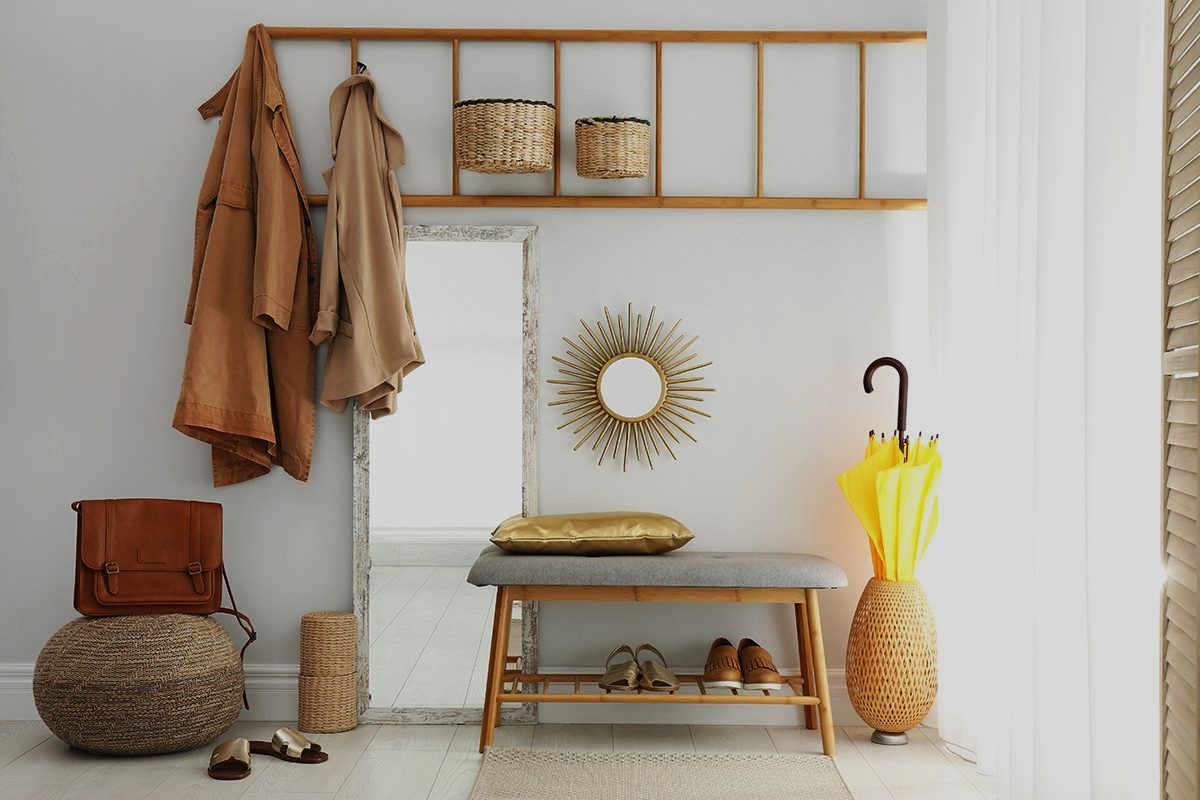
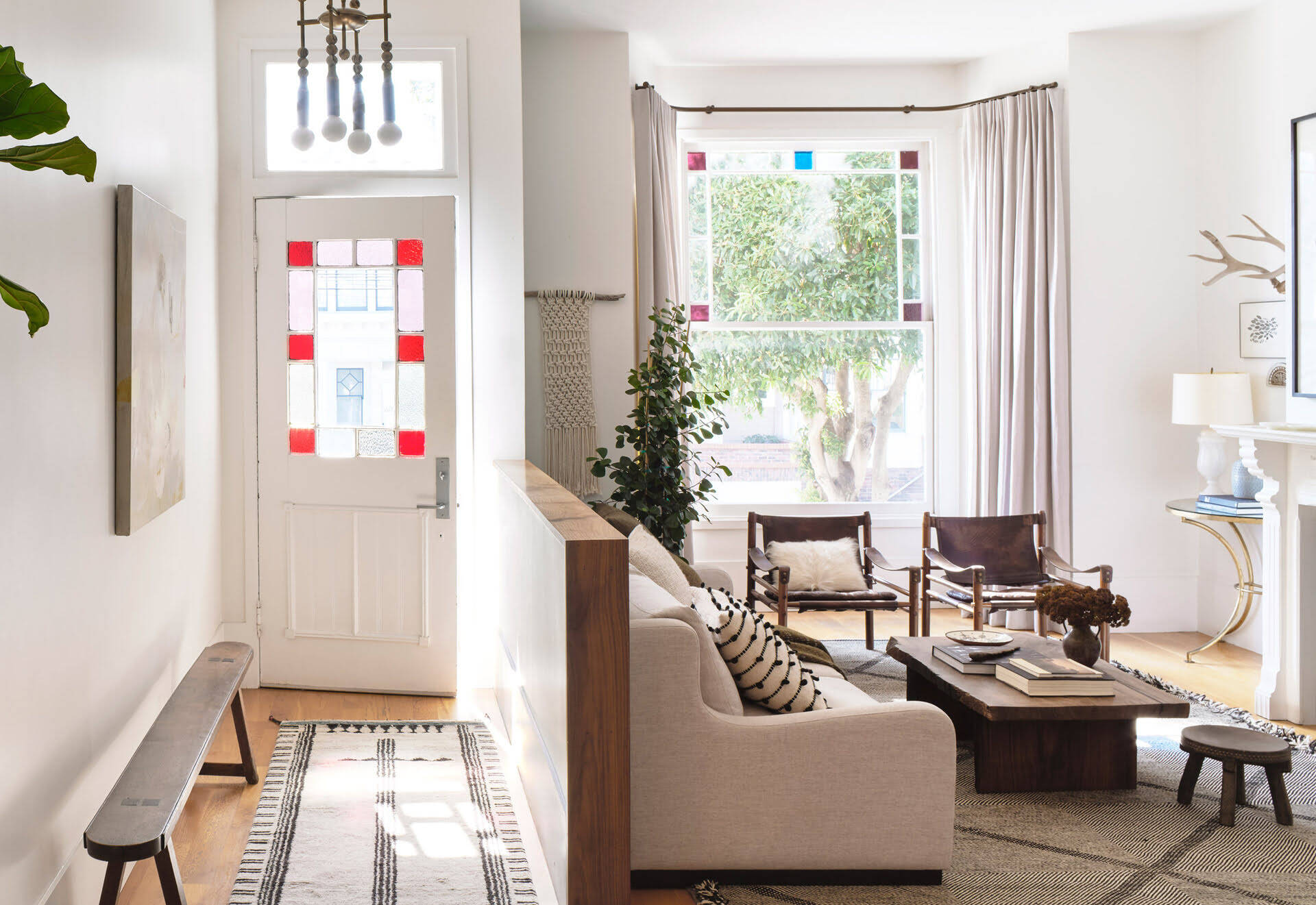
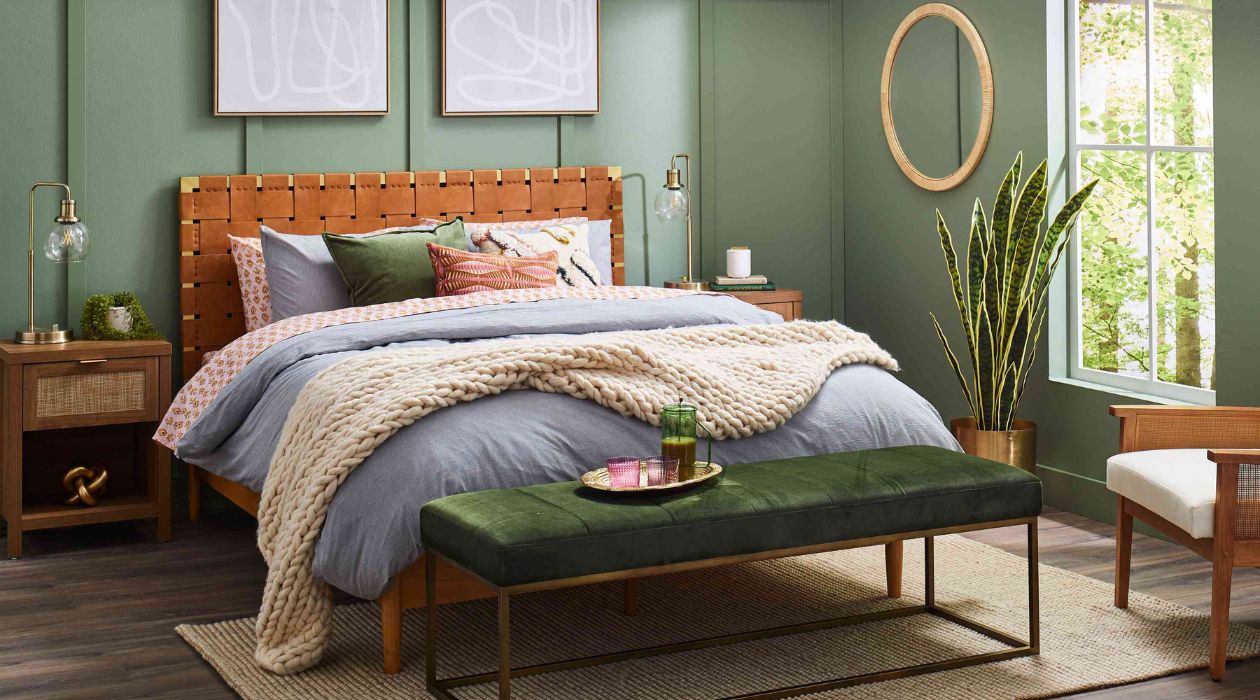
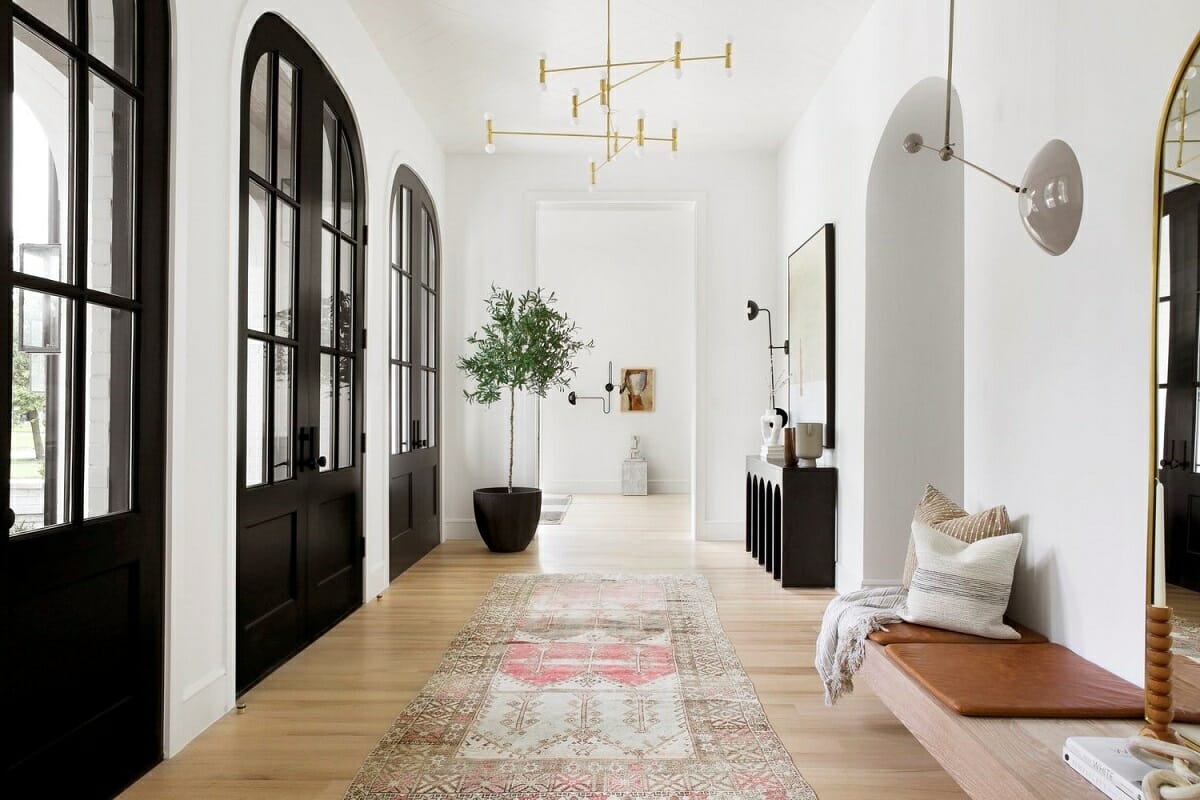
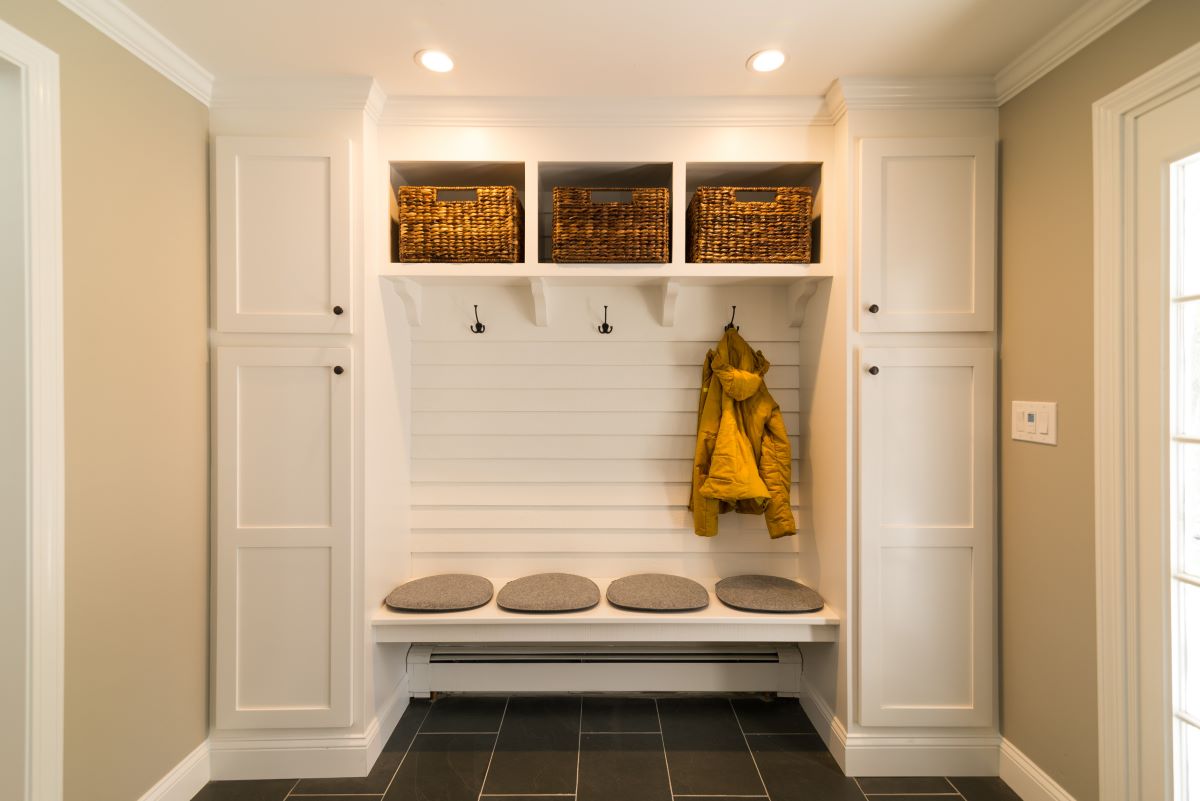
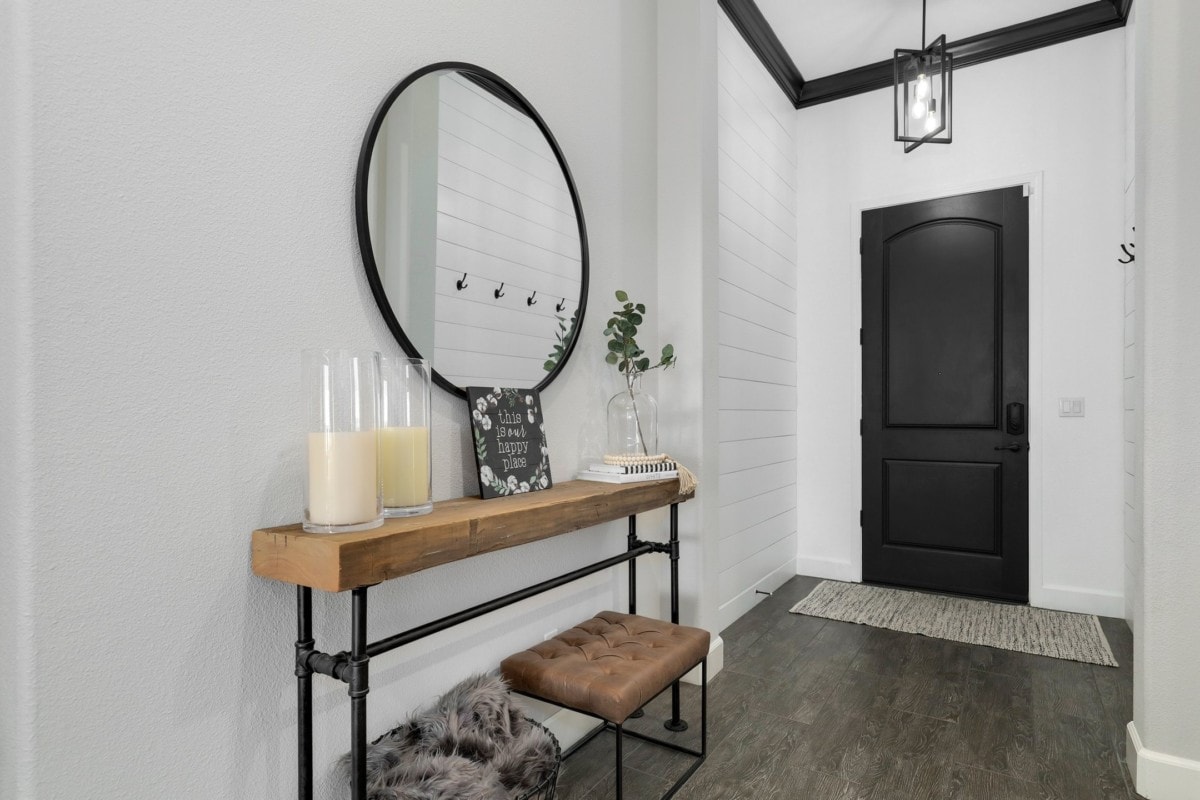
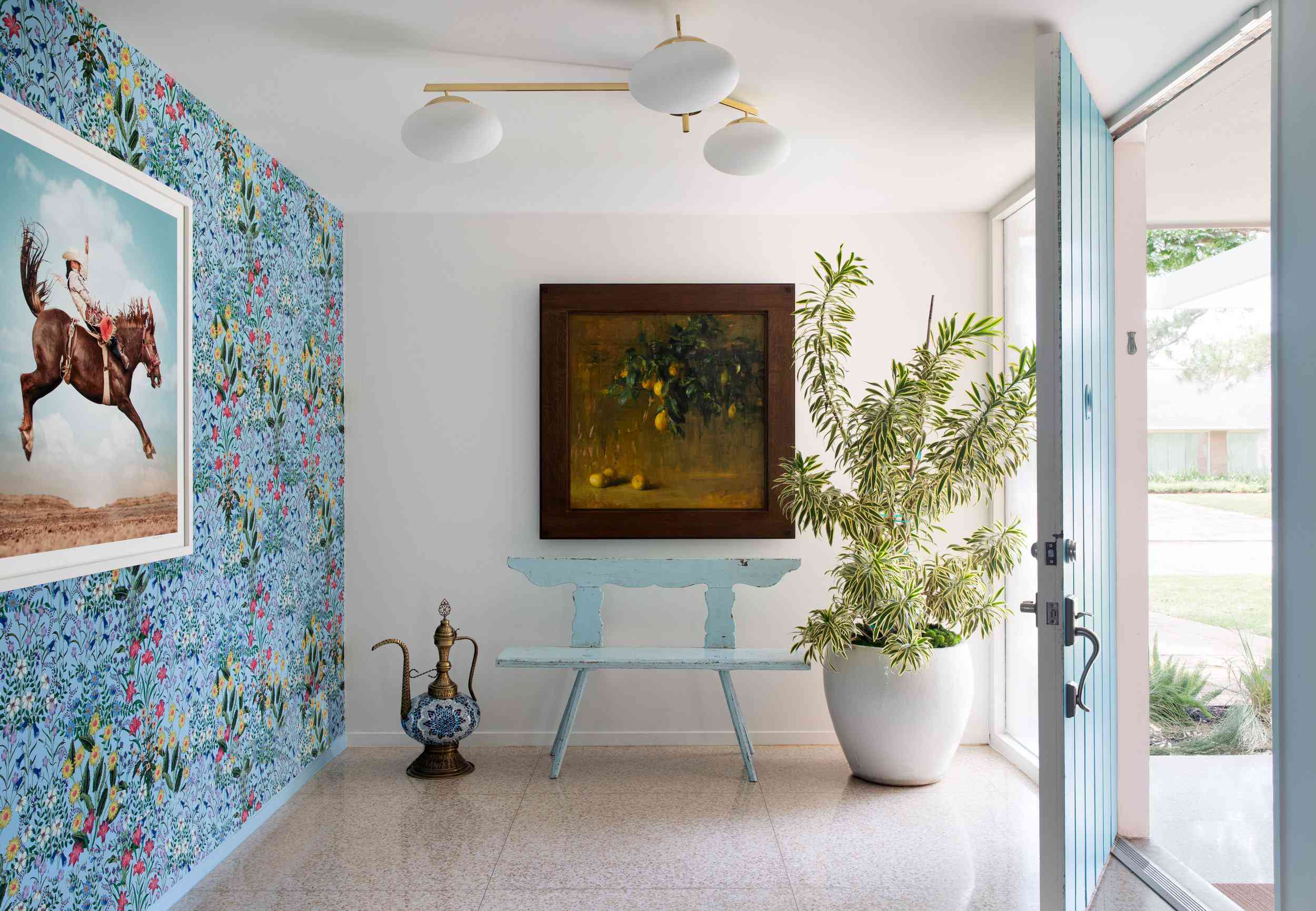
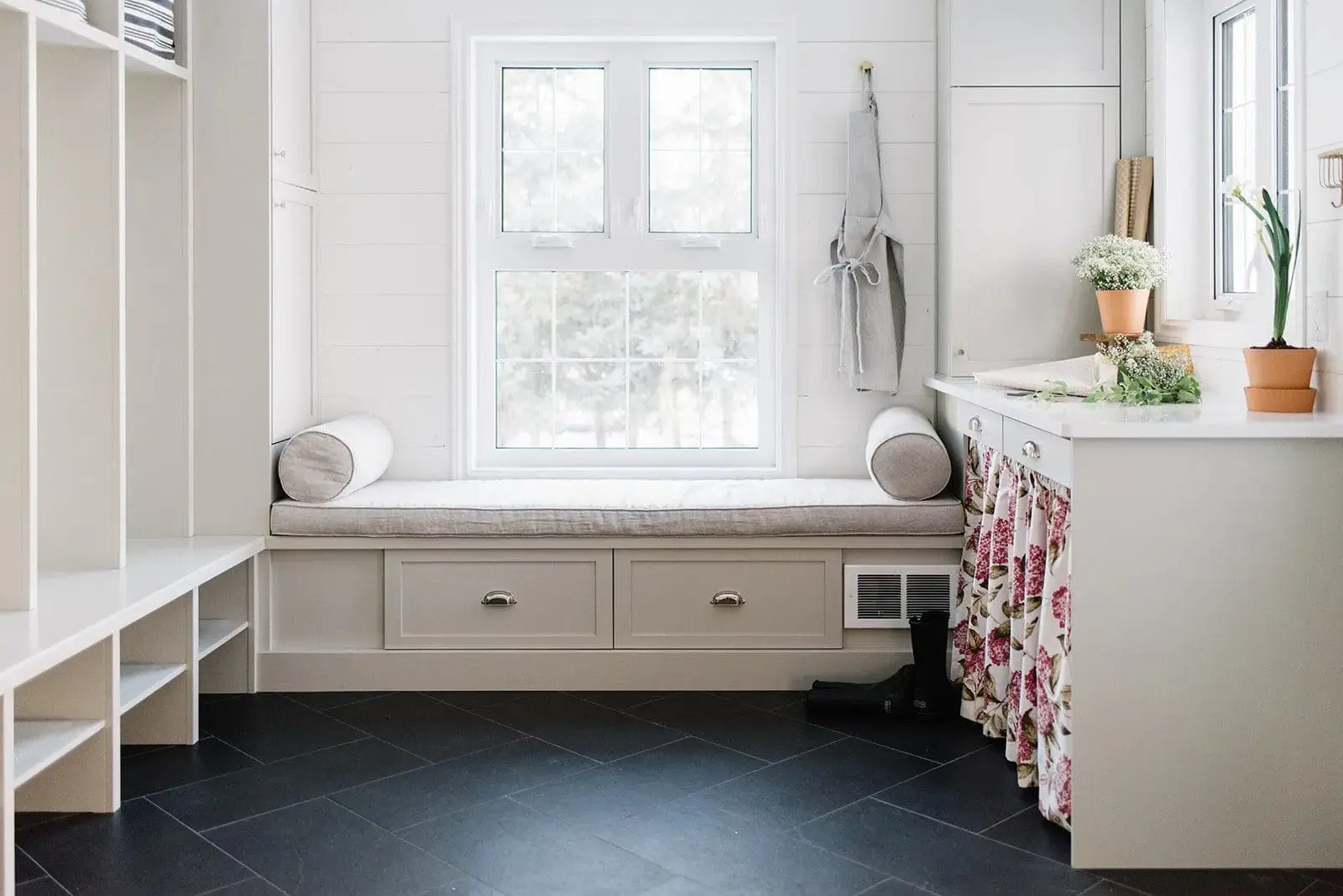
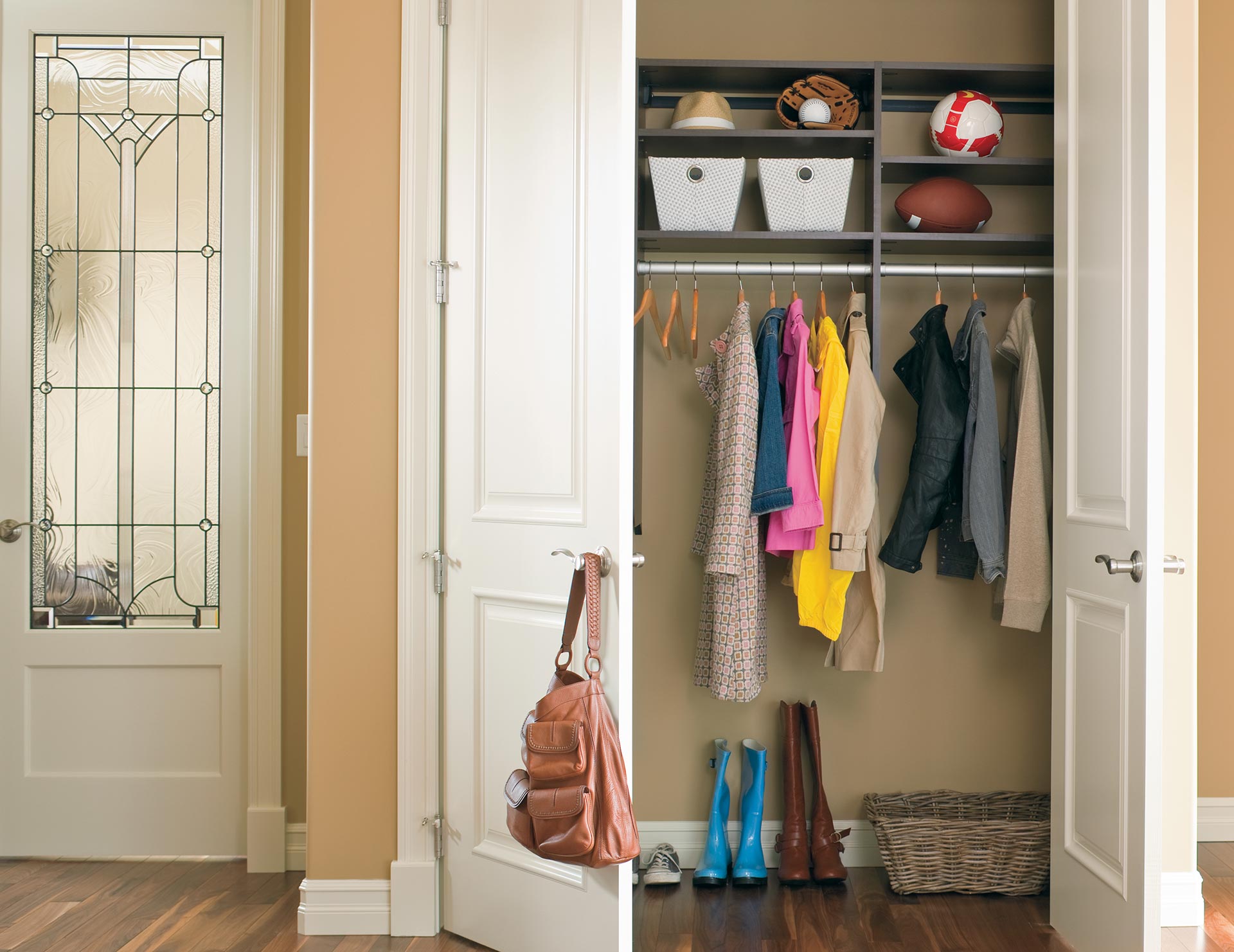
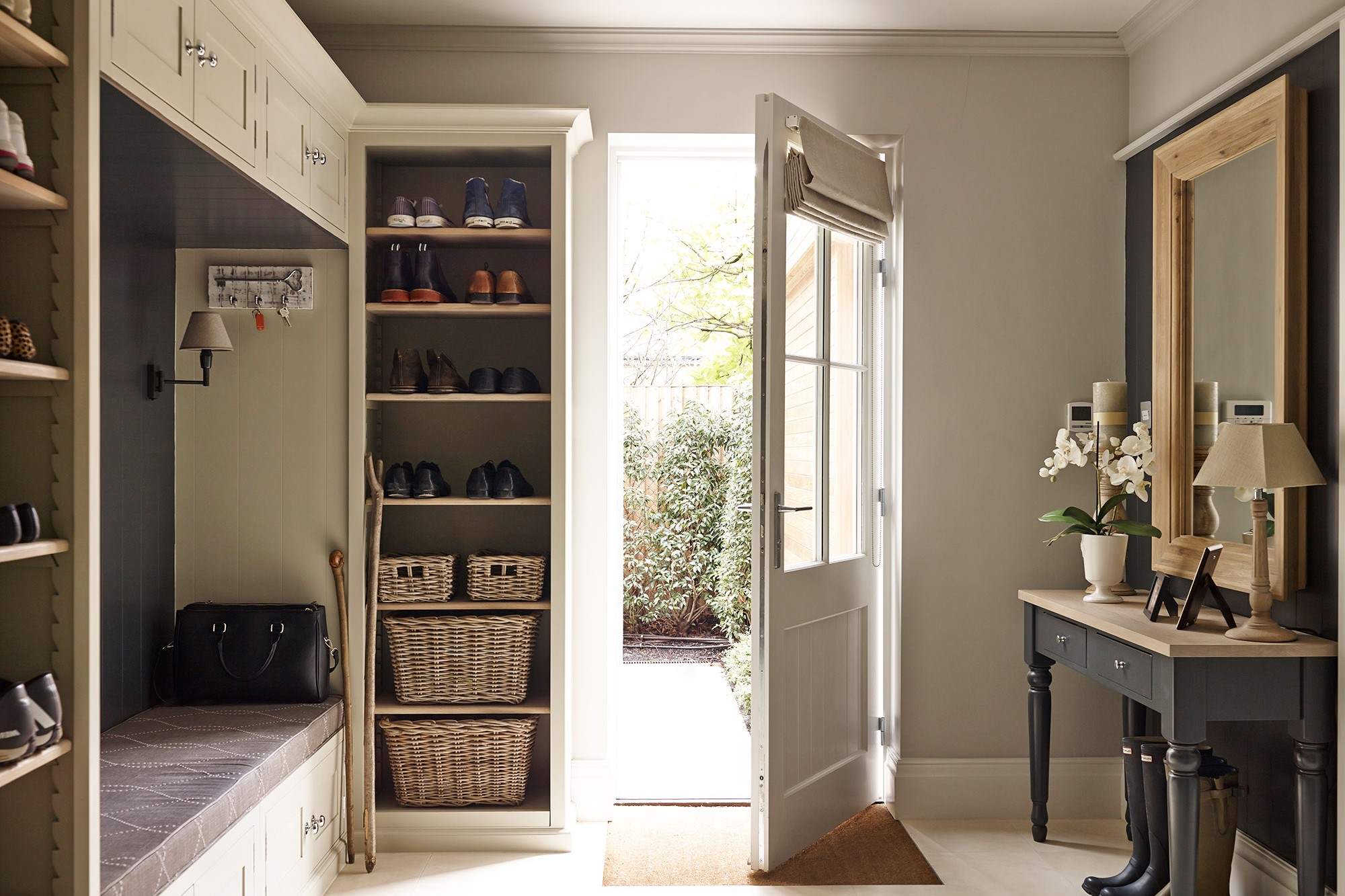
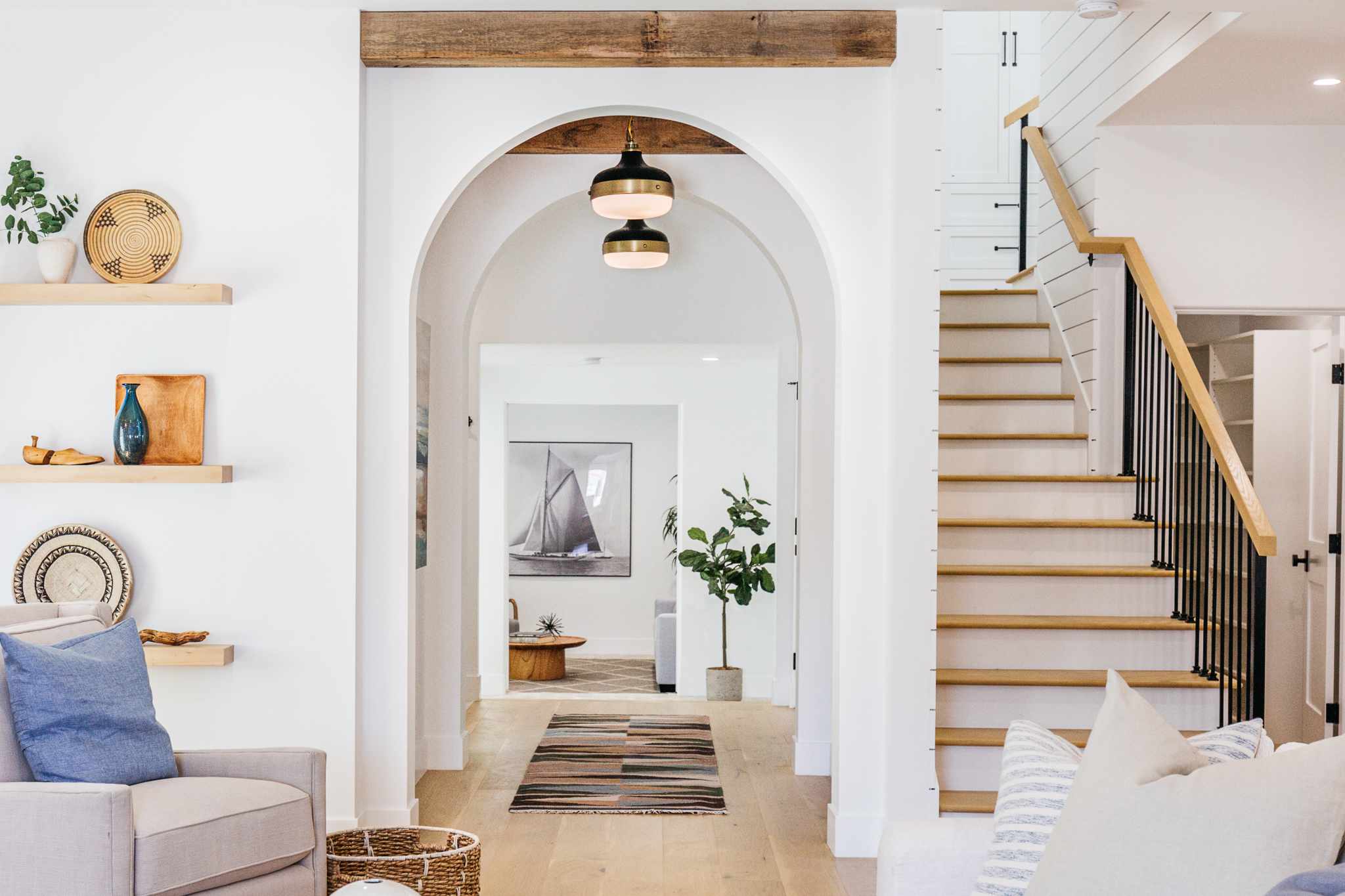
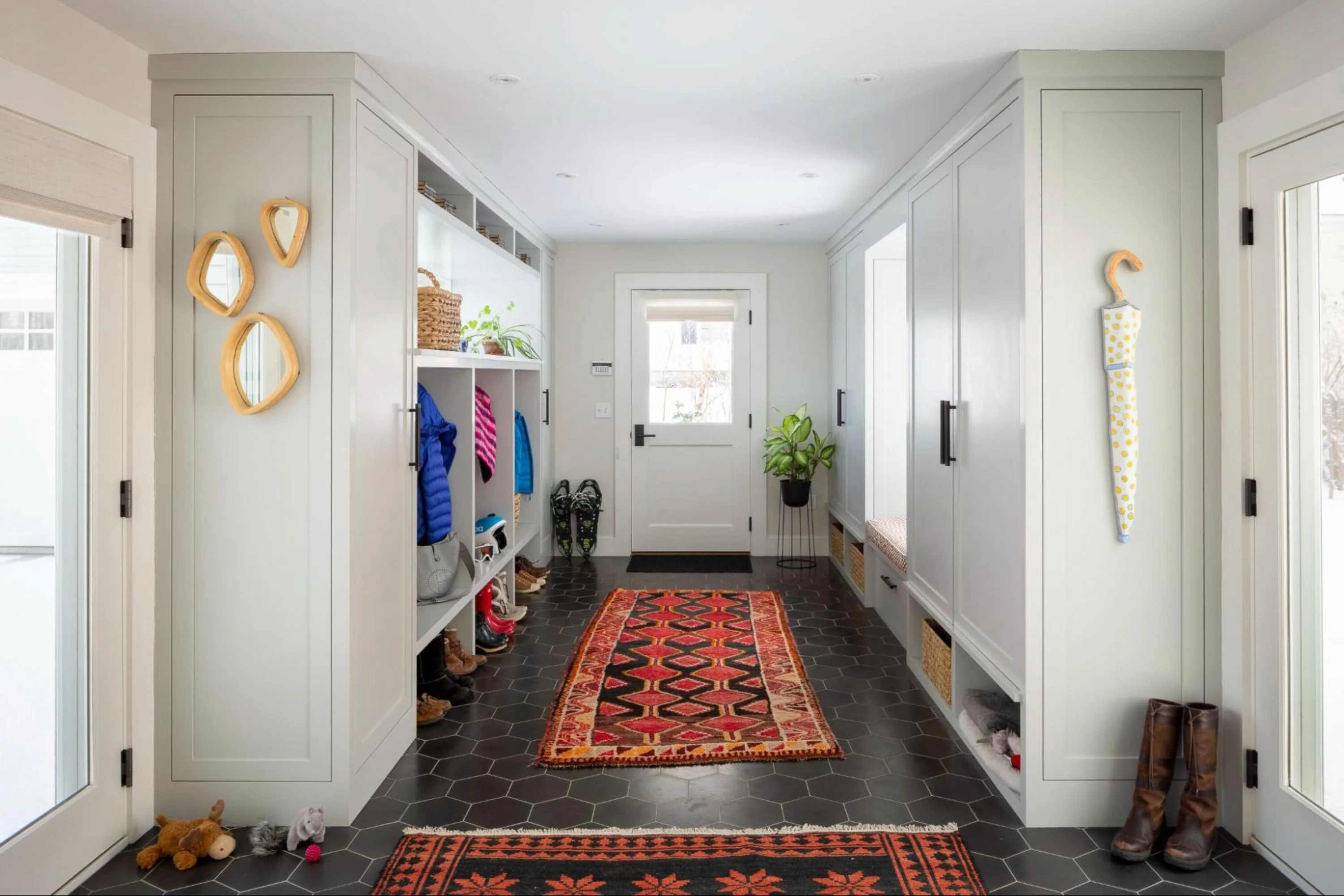
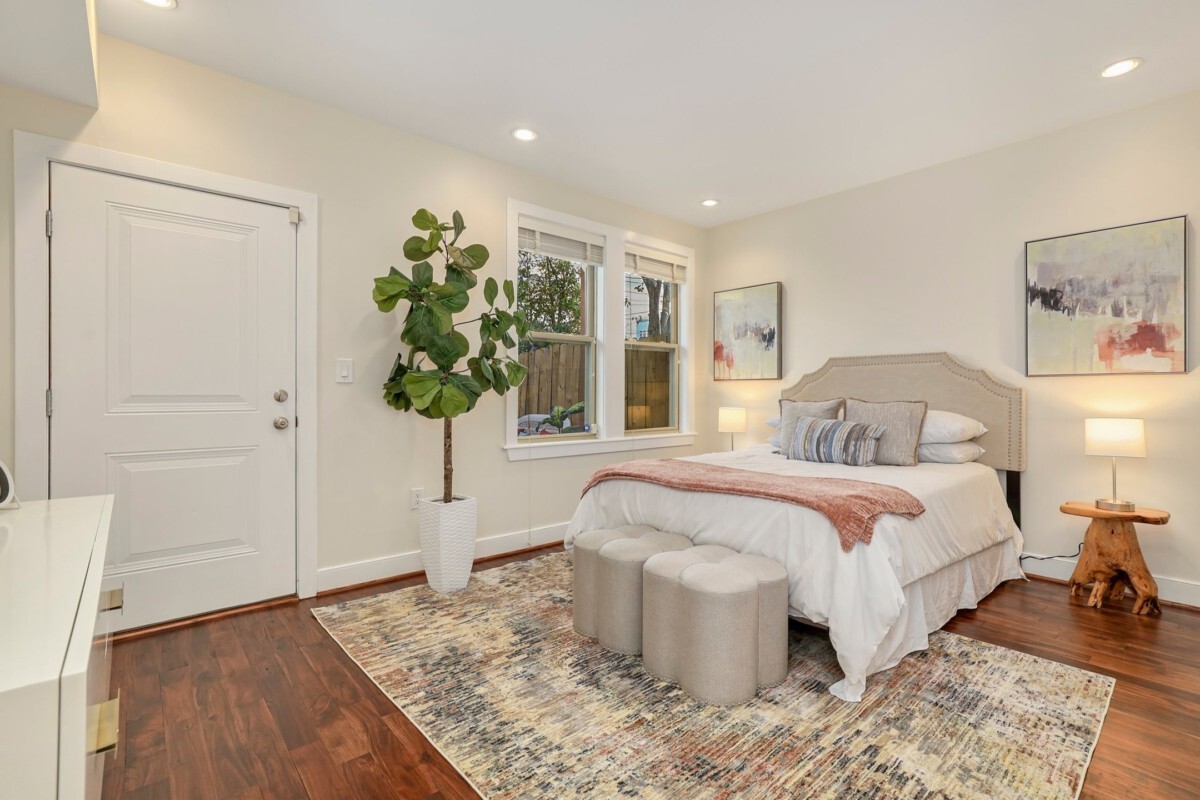

0 thoughts on “Entryway Tile Ideas: 10 Tips For Creating A Stylish Welcome”